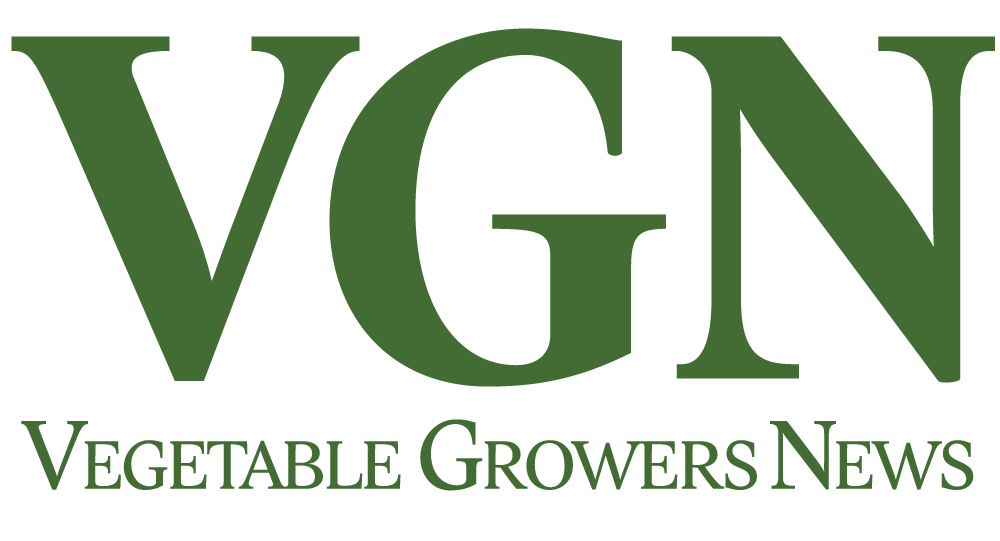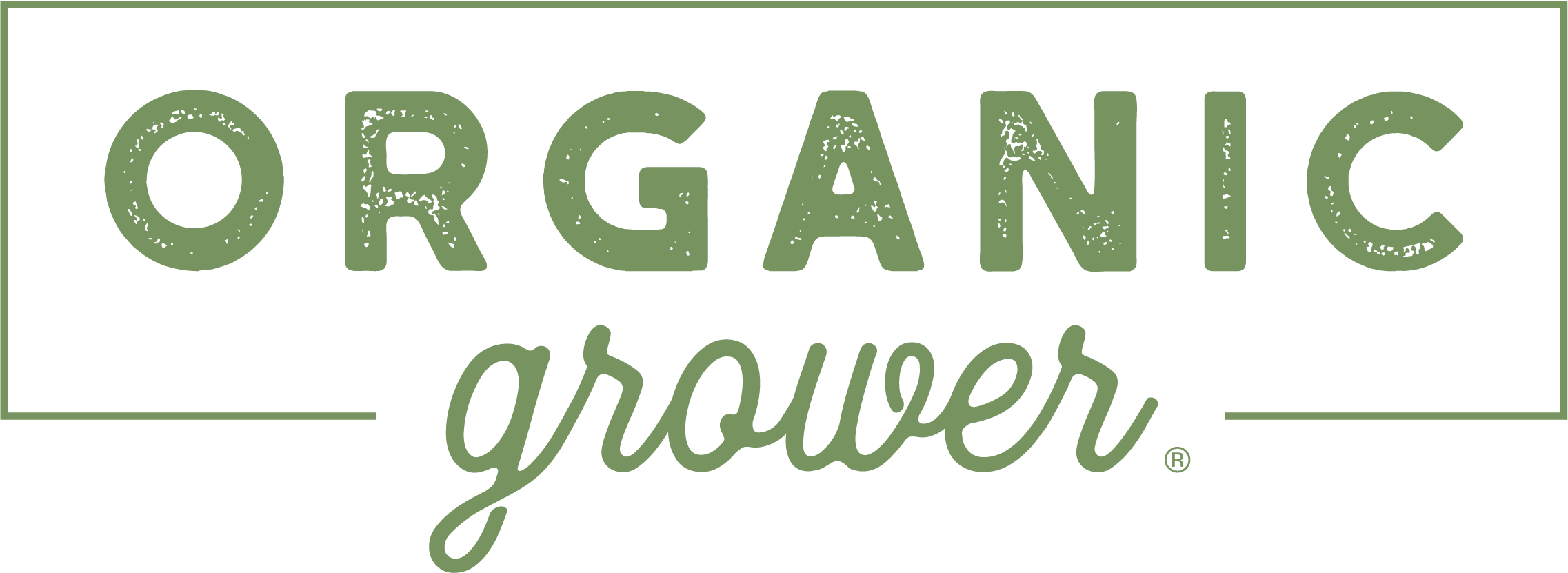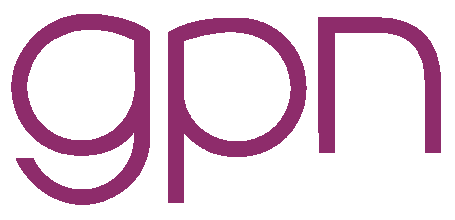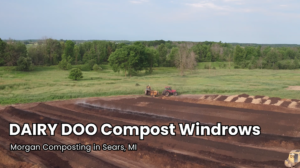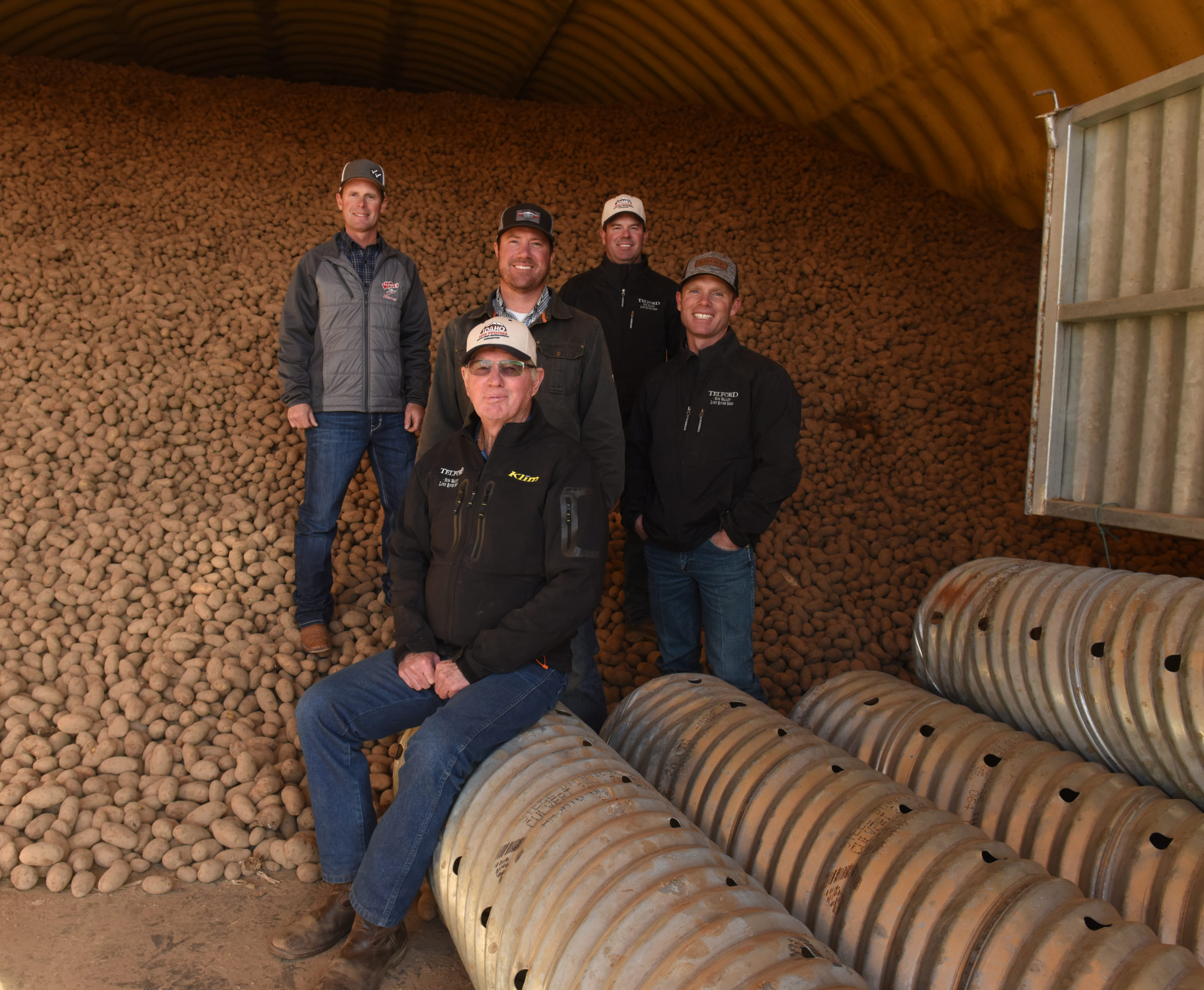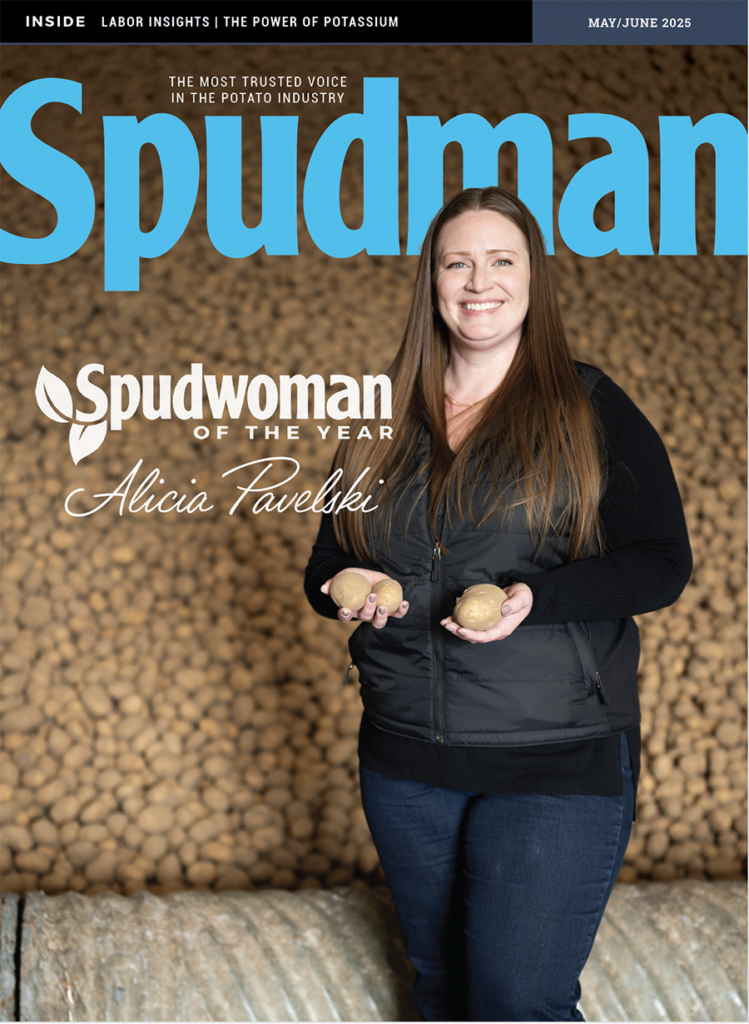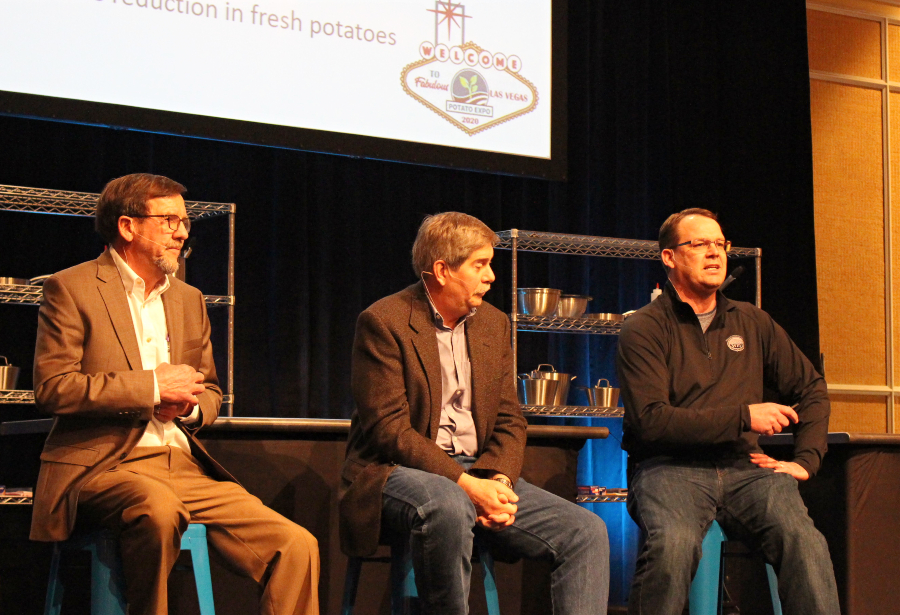
COVID-19 tech provides lessons for seed potato certification improvements
(EDITOR’S NOTE: This is Part II of a two-part series on the National Potato Council’s Vision 2026 program to rethink and improve the U.S. seed potato certification system. Part I can be found here.)
Seed potato grower margins are getting tighter to meet both domestic and international market quality standards. January’s article on rethinking seed potato certification dealt with the past and present, while in this article we consider how to build on already developed diagnostic systems and adapt them to meet industry needs and the National Potato Council’s Vision 2026 goals. The Vision 2026 will re-envision how seed potato certification is handled in the U.S. to balance seed potato production as a profitable venture while securing supply chain continuity for commercial potato producers who aim to source consistently clean seed.
Seed certification involves tremendous amounts of labor, resources and reliance on Mother Nature to provide a qualitative answer: eligible or ineligible to sell potatoes as a certified seed crop. Each seed potato-producing state is unique in terms of length of growing season, water availability, proximity to markets, pest problems and availability of cultivars that meet market demands. In addition, seed certification standards vary across international and state borders and attempting to fit within a nationalized program is a big job, but a grower-centric program driven by incremental improvements could be one way forward.
This year’s losses of postharvest test fields in Florida from flooding rains also provides an opportunity to rethink how to build on a century-old seed inspection system and add additional value to seed certification results.
There is a growing interest in the industry to research “point of care” diagnostic methods that provide early information about seed health. Drawing parallels from a mail-in COVID-19 test or the success with anonymous testing for AIDS, dormant tuber testing can help growers learn more about their seed crops earlier than the current reporting standards.
With growers’ interest in these changes and willingness to provide labor to handle tubers, we envision a system where growers could steer the process by mailing in samples and getting back seed health data faster. This interest is evident from the dormant tuber testing trials which started out with one proactive seed potato grower testing eight seed lots in 2020 that expanded to four states, six cooperators and 39 seed lots in 2021 to further evaluate the accuracy and scalability of this approach.
New technologies bring with them new challenges as well. Dormant tuber testing has the potential to provide seed health data with a quicker turnaround time and at lower prices — if multiple pathogens are tested simultaneously — than the current winter grow-outs. However, acquisition costs of equipment and skill sets in high throughput PCR processing will be a barrier to entry to the potato industry without a clear plan forward.
This year we will have the opportunity to evaluate the feasibility of automating direct tuber testing by partnering with a diagnostic company, growers and seed agencies. Automation will allow growers to steer the process and feel in control of their data, give certification a chance to monitor the successes or failures and, at the same time, partner with an industry leader in diagnostics to provide a road map for states to take over the testing if proven successful. A key factor will be for everyone to work together to navigate this uncharted territory as we embark on the journey.
To gain further insights into the future of seed potato industry and how dormant tuber testing can play a role in protecting and improving the U.S. seed potato industry, we asked Don Sklarczyk and Greg Ebe for their perspectives. Ebe, a seed potato grower in Washington state, and Sklarczyk, founder of the Sklarczyk seed tissue culture lab and greenhouse program at Sklarczyk Seed Farm, participated in a Spudman podcast on Feb. 1, 2022 to discuss the program. You can find the podcast at spudman.com/podcasts or whenever you listen to podcasts. Here are some excerpts:
How is Vision 2026 going to help secure potato seed health in the U.S.?
Sklarczyk: The ultimate goal of Vision 2026 is to raise an awareness of the new testing methods and to assist the industry to provide the highest quality potato product to the end user. It has opened conversations between producers and end users and the need of collaborating.
How unique is the U.S. seed potato certification system?
Sklarczyk: It’s a unique situation that we enjoy in the United States that individual states set their standards. But it’s based upon what the state certification agencies and the growers have recognized as important issues to be able to provide the quality of the crop so that it meets or exceeds the expectation of end users. It has to be continued in a way that it is to be successful. This uniqueness provides opportunities as well as creates challenges.
Are seed growers looking forward to adopting newer seed testing methods, such as dormant tuber testing?
Ebe: We sure are in our situation. We’ve got hundreds of varieties, a couple hundred different seed lots of reds, yellows, whites, purples, fingerlings and baby potato seed. Sending all those off to a grow-out test is just costly and cumbersome and not necessary for all lots since some lots or varieties won’t even make the cut. So, we need to focus and get information more quickly and reliably and make better informed decisions.
Is there an alignment between interests of a seed grower and a commercial grower?
Ebe: I think we all recognize that the best strategy for producing clean seed is to start clean and stay clean. It’s difficult to try and manage problems and clean something up if not impossible, and testing is the only way that you can really determine where you’re at on that spectrum. From the commercial grower standpoint, they want assurance that the seed they’ve purchased performs to its potential. They have a large investment in growing an acre of potatoes and using poor quality seed can put you behind from the beginning.
What do you think is the true value of information obtained from dormant tuber testing?
Sklarczyk: Well, it’s tremendous information that provides the ability for not only the seed grower, but the end user who is depending upon the product to make the right steps. A challenge in doing this is that we have to digest what that information really means, because as we do additional and new testing methods, we will learn so much more and the industry has to determine at what point is it a negative impact. We have a lot of learning to do, but the openness that’s happened within the last few years in the industry is going to allow us to get there. It’s going to have great rewards for everyone.
What’s this project going to mean for a seed potato grower?
Ebe: Having seed potato health information earlier, almost immediately after harvest will enable better informed decisions. I think the entire industry will benefit from that uniformity.
Sklarczyk: As we look at the improvement in testing and the information that it provides, it’s going to be just good all the way around. We are at a stage where vertical integration from the base seed production to the commercial end use of the product is becoming more of a standard than an unusual circumstance. It’s going to bring the industry together much more than we ever dreamed up in the past.
Listen to the full podcast with Greg Ebe and Don Sklarczyk here.
More thoughts…
“Our goal with Vision 2026 is to bring the industry together, creating a higher quality product and prompt collaboration between certification agencies. It’s going to be a natural occurrence.” — Don Sklarczyk, chair of the National Potato Council’s seed potato health initiative Vision 2026 Committee
“Dormant tuber testing is a major advancement in providing reliable, accurate results in a relatively short amount of time over our present methods.” — Greg Ebe, seed potato grower in Washington state.
“Now the industry has such a dependency on each other that true sharing of information will minimize the surprises that come along the way.” — Don Sklarczyk
— The National Potato Council’s Vision 2026 team includes Chakradhar Mattupalli, Ph.D., an assistant professor at Washington State University; Amy Charkowski, Ph.D., professor and Agricultural Biology Department Head at Colorado State University; Jason Ingram, MS., and Melanie J. Filiatrault, Ph.D., scientists for the USDA’s Agricultural Research Service; and Don Sklarczyk, former owner of Sklarczyk Seed Farms in Michigan and chair of the National Potato Council’s seed potato health initiative Vision 2026 Committee. Greg Ebe, seed potato grower in Washington state and current commissioner on Washington State Seed Potato Commission also contributed to this report.
Top photo: From left, Don Sklarczyk, Stewart Gray and AJ Bussan speak on the need to update the potato seed certification process during Potato Expo 2020.


